Kyoto to Tokyo: a high-speed tour of Japan
From ancient temples to immersive digital art, just a few days offer a tantalising taste of Japan’s rich culture
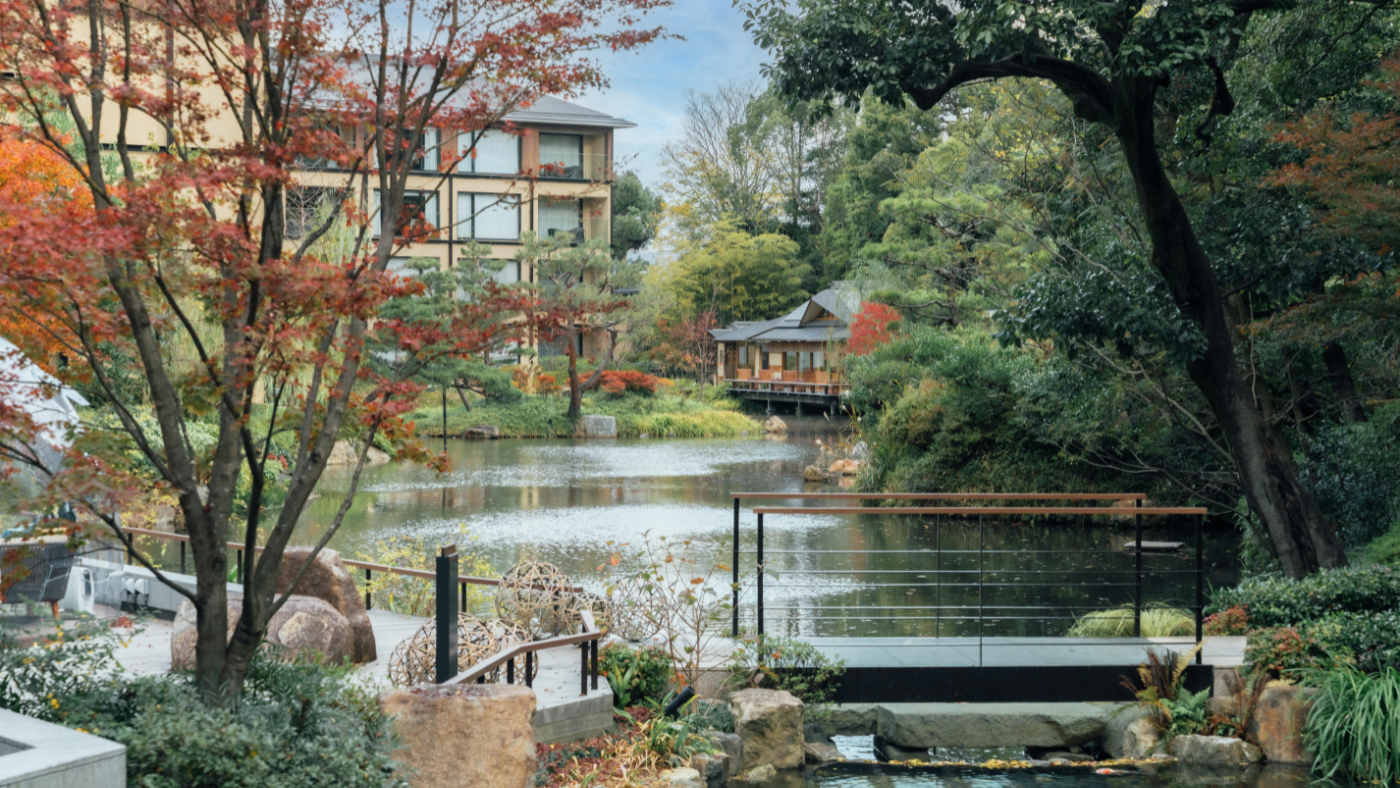
In many ways, Japan is a country of contrasts. Ancient cultural traditions thrive in cities where some of the world’s most futuristic technologies are the norm. One season tourists ski in the north, and the next they surf in the south. And while the famed bullet trains traverse the country at incredible speeds and daily life rushes by, a sense of stillness never seems far from reach.
I had just a few days to begin exploring all that this rich and varied country has to offer, so how better to start than by diving in with a high-speed tour of the ancient capital of Kyoto and its modern-day counterpart, Tokyo.
Teatime in ‘Old Japan’
Kyoto is “old Japan writ large”, said Lonely Planet, with “atmospheric temples, sublime gardens and traditional teahouses” in abundance. With time of the essence, I was happily able to tick off two of those three essential cultural experiences without leaving the Four Seasons Hotel Kyoto.
The Week
Escape your echo chamber. Get the facts behind the news, plus analysis from multiple perspectives.

Sign up for The Week's Free Newsletters
From our morning news briefing to a weekly Good News Newsletter, get the best of The Week delivered directly to your inbox.
From our morning news briefing to a weekly Good News Newsletter, get the best of The Week delivered directly to your inbox.
From the contemporary design of the hotel interiors, stepping out into the garden is like entering another era. With the Higashiyama Mountains in the distance and a waterfall trickling in the background, the exquisite 800-year-old Shakusui-en pond garden is home to turtles, dragonflies and even herons. An elegant glass footbridge separates a larger pond from a smaller one, and provides an ideal spot for throwing a little fish food down to the koi carp that inhabit this historic paradise.
After a stroll through the garden, I arrived at the Sukiya-style teahouse, designed by local architect Ryosuke Yamamoto. The building has two spaces, the Fuju lounge – where tea, sweets, champagne and saké can be enjoyed – and the Shakusui-tei, where traditional tea ceremonies are held. Sweet making is nothing if not an art form in Japan, and I tucked into a number of these artisanal treats at the Fuju lounge, indulging in delicately-crafted mochi, dorayaki and nerikiri alongside reviving (and numerous) cups of green tea.
The Shakusui-tei is a smaller, adjoining room that’s almost hidden to the unobserving eye. I was curious to see how a tea ceremony might differ from an afternoon spent relaxing over the delicious brews and colourful treats we’d sampled next door – and with little to no prior knowledge as to the proceedings, there was quite a lot to learn in a relatively short space of time.
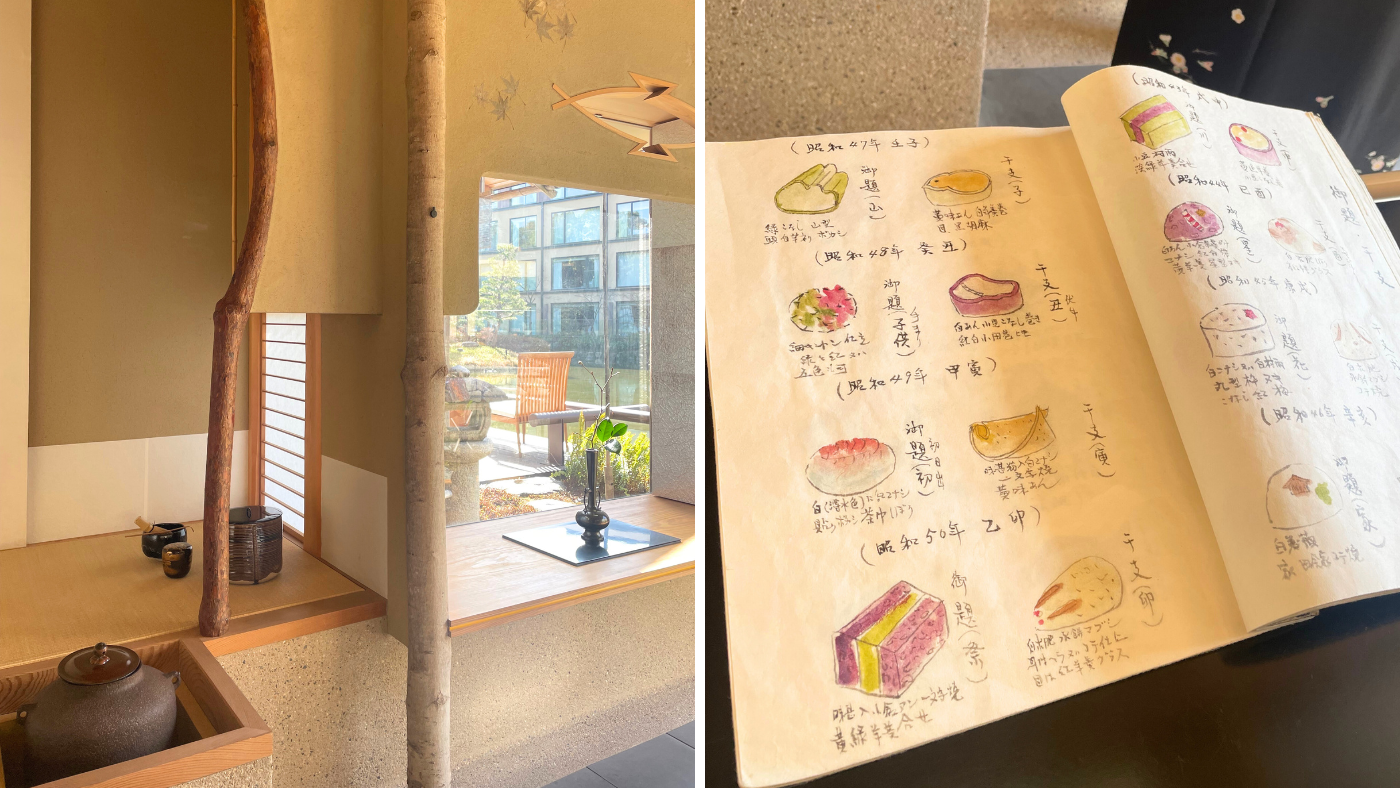
Tea master Kristyna Cislerova expertly guided us through the intricacies of the traditional ceremony, which centres around not only drinking matcha, but also the “architecture, landscape gardening, ceramics, painting, calligraphy, flower arranging” and food that are involved in the event too, said National Geographic. From the positioning of the drinking bowls to the serving of the tea, every element holds some symbolic weight.
A free daily email with the biggest news stories of the day – and the best features from TheWeek.com
Tea ceremonies have been a thriving part of the country’s culture for centuries, and Cislerova, who has been studying this ancient art for 15 years, told us that it was of particular importance to samurai warriors, who would spend hours relishing the activity before the next day’s battle. Facing a personal – albeit less life-threatening – battle against jet lag, sipping foaming freshly-whisked matcha while looking onto a garden bathed in spring sunlight felt both meditative and medicinal.
For those seeking an even more therapeutic, albeit less traditional, take on teatime, a trip to the Four Seasons Hotel Kyoto’s subterranean oasis (better known as the spa) is highly recommend. After a dip in the ofuro, a rejuvenating green tea therapy was all that my tired skin could have hoped for. Topped off with a dip in the 20m pool, a particularly spacious whirlpool and a lounge on the surrounding daybeds, I was ready for the next item on our Kyoto itinerary.
Temple touring
There are more than 400 shinto shrines across Japan’s ancient capital, according to Inside Kyoto, but “perhaps the single most impressive” is Fushimi Inari-Taisha.
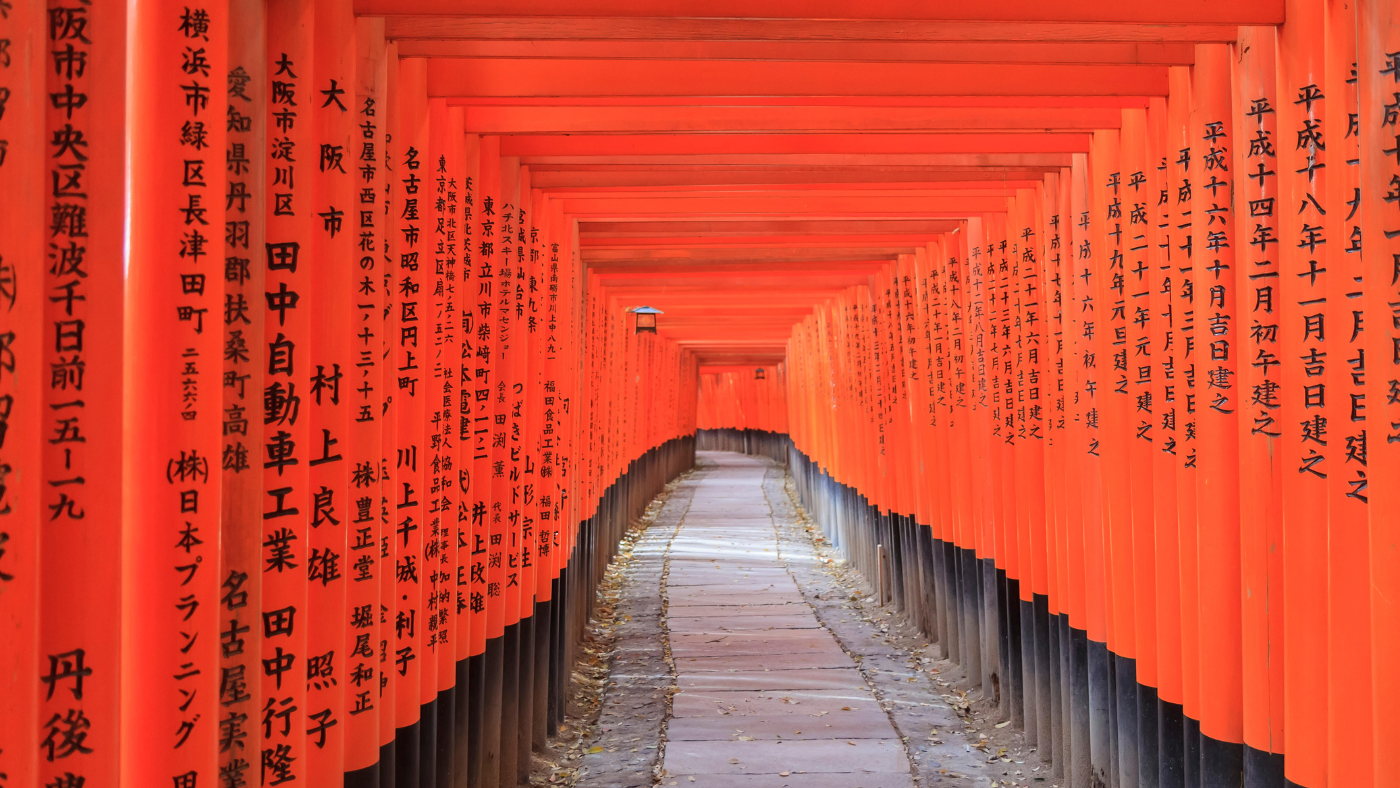
Founded in 711, this astonishing network of shrine gates sprawls across 5km. Fox-faced statuettes and prayer plaques line the seemingly-endless winding paths of red gates; the animal is thought to be the messengers of the shrine’s deity, and the symbols provide a channel to communicate visitors’ wishes. A gentle climb to the top of this spiritual site takes several hours, but if time isn’t on your side then you can still cover a good portion of the site in under an hour. An early arrival ensures perfect picture opportunities before the crowds descend.
Another must-see landmark is a short taxi ride away. The Buddhist temple Kiyomizu-dera is a celebrated Unesco world heritage site, with stunning views across the surrounding parkland and historic city beyond. Navigate the crowds of kimono-clad visitors to soak in the sites from the temple’s impressive pavilion, before working your way down to the Otowa waterfall. Here, three streams are believed to bring good fortune to those who drink their sacred waters. Pick wisely, and you’ll be granted luck in either studious pursuits, longevity or love.
Temples ticked off, I got a little lost wandering in Kyoto’s bustling streets. Delicate ceramic tea sets and opulent incense are among the tasteful souvenirs on offer in the Higashiyama district, or wander through Gion, where you may spot a Maiko, an apprentice Geisha (or Geiko, to use the local term).
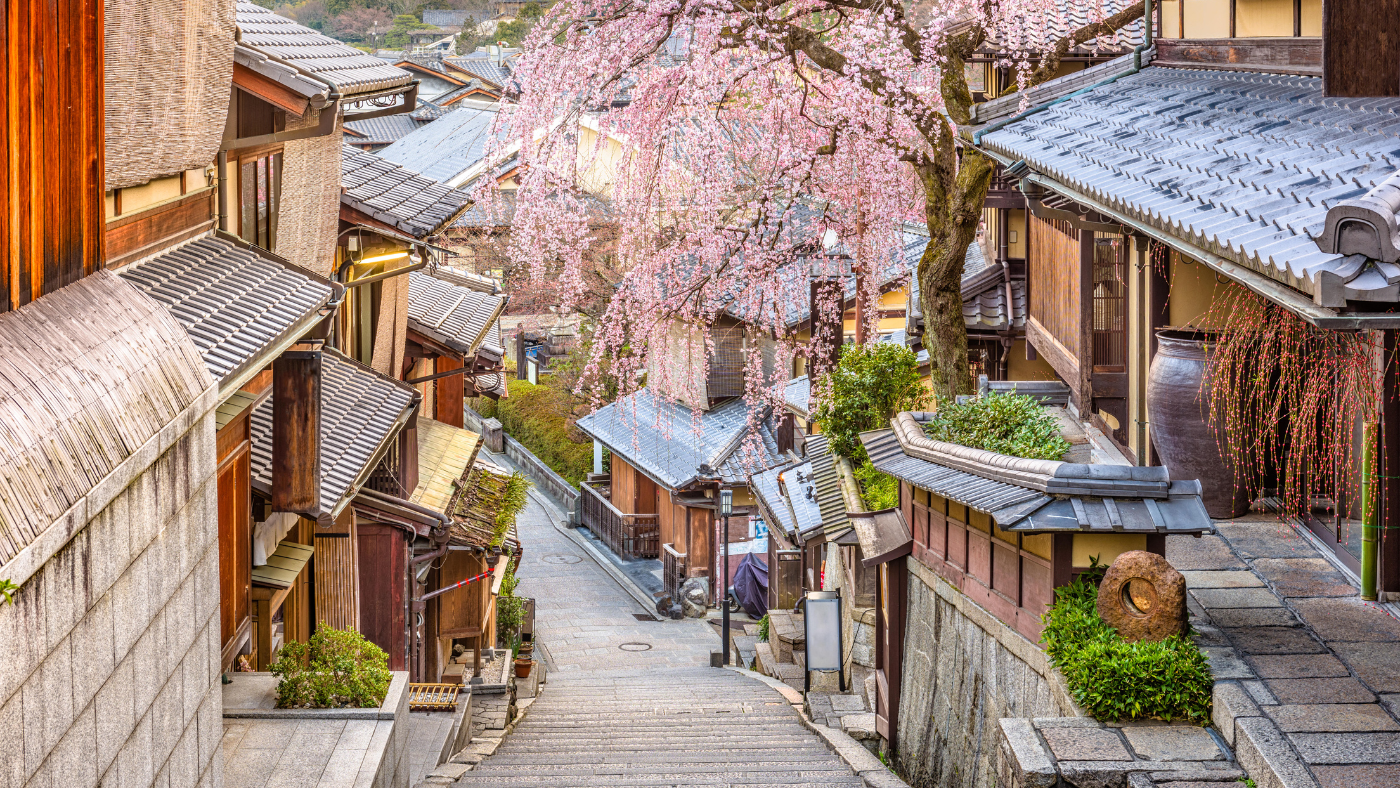
Back at the hotel, we were able to get a glimpse into the world of these captivating performers’, watching a Maiko perform several traditional dances before quizzing her about her work and training over a few traditional drinking games (a surprisingly effective way to break down a language barrier).
Kyoto-style dining
Few cities of Kyoto’s size “pack such a punch when it comes to their culinary cred”, said Lonely Planet. To sample the “impossibly refined cuisine known as kaiseki”, a set lunch at Kodaiji Manjiro is a veritable feast of local specialities. I love nothing more than a meal of small plates, but this was beyond any realm of what you’d get to sample in the likes of east London.
Trays of beautifully-arranged dishes showcased a range of technically-masterful delicacies, including tofu skin, pike conger and colourful glutens. Looking out onto neighbouring houses built in the traditional style, it’s a meal I certainly won’t forget in a hurry.
I could say the same for a dinner of chicken hotpot, or mizutaki nabe, at Toriyasa. Steaming bowls of broth that had been simmering away for days in anticipation of our meal bubbled with freshly-stewed mushrooms, chicken, tofu and mochi rice cakes. After a starter of liver, rice porridge and pickled vegetables, I devoured three moorish bowls of the warming hotpot, washed down with plenty of saké, of course.
To Tokyo
Leaving our garden haven and its glorious views, it was time for a change of pace – and where better to look for it than in Japan’s modern capital. Local restrictions prevent buildings in Kyoto from being constructed to any particularly great heights, and as a result, the contrast between the ancient and current capital cities when you first arrive in Tokyo couldn’t be more apparent. Having weaved across the country on the Shinkansen train, the city’s buzz was electric, even as we first stepped out at the central station.
In fact, it turned out that I didn’t need to go much further to get a taste of all the capital has to offer. Tokyo Station and the Marunouchi district is a “thriving urban hub”, said Truly Tokyo, with “great shopping, dining and some top hotels”. I’d highly recommend spending some time exploring the station, particularly its impressive food hall, extravagant gift shops and underground maze of shops and eateries.
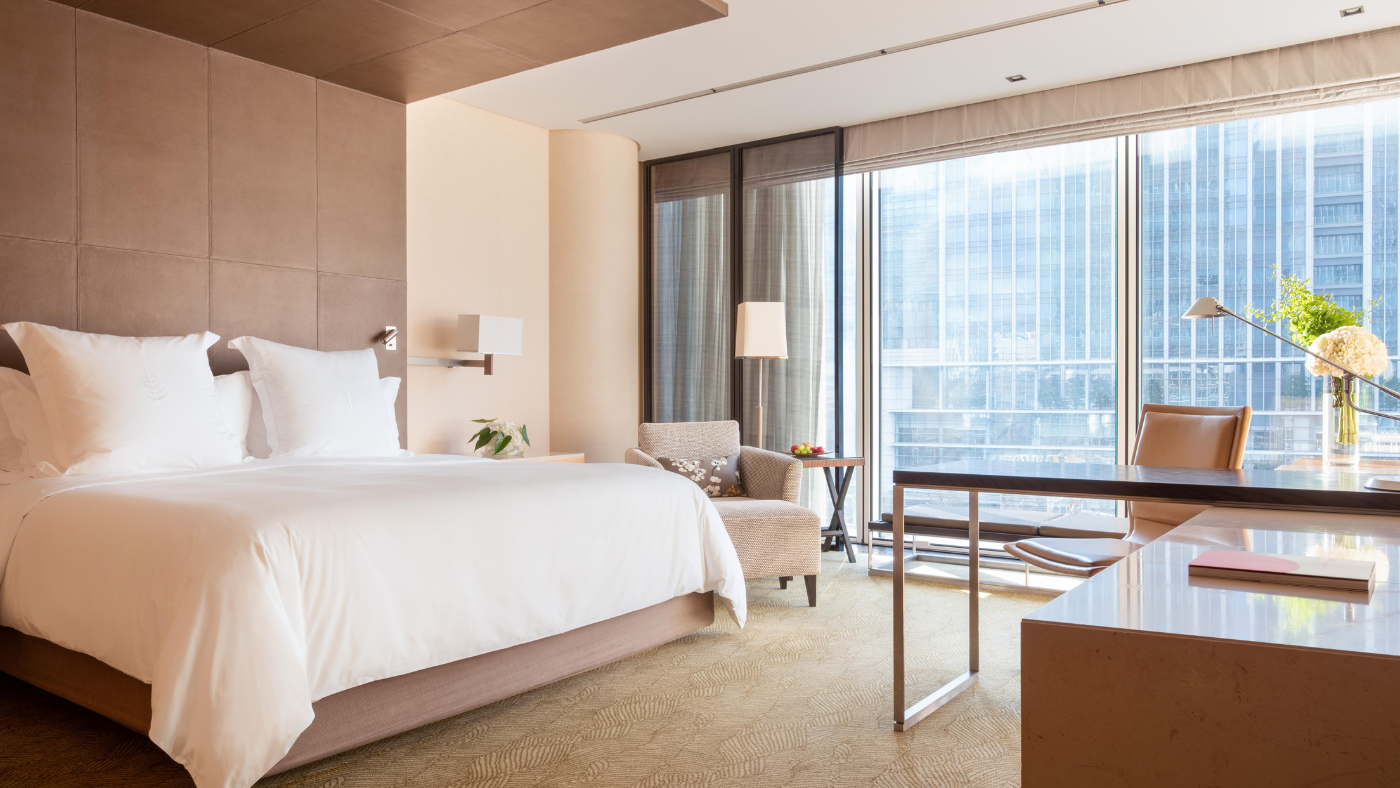
When you’re ready to see the city from slightly higher ground, the Four Seasons Hotel Tokyo at Marunouchi is little more than a stone’s throw away. Compared to the 180 accommodations on offer at the Four Seasons in Kyoto, this 57-room boutique hotel has a warm intimacy to it, providing guests with the welcoming feel of a home-away-from-home. My room looked down onto the trains flowing to and from Tokyo Station on the tracks below, offering an unrivalled vantage point on one of the city’s most iconic attractions.
Taking in the views
Guests can make the most of the hotel’s unique location and accompanying views over a meal at the Parisian bistro Maison Marunouchi or, just across the Bar and Champagne Lounge, at the two Michelin-starred restaurant Sézanne – if you can get a booking.
Led by executive chef Daniel Calvert, Sézanne was awarded its first Michelin star six months after launching in July 2021, adding a second the following year. It's also just been named in the number two slot on Asia’s 50 Best Restaurants list. After a lengthy lunch where the stars included Hokkaido scallop, Shiranuka venison and warm sourdough topped with lashings of Brittany butter, dragging myself from Sézanne was no small feat. But, as Suitcase Magazine said, the “throbbing neon lights, softly lantern-lit bars and sci-fi-like, skyscraper-filled skyline” of Tokyo couldn’t be missed. And Marunouchi provided the perfect point from which to navigate this potentially overwhelming city (for a first-time visitor, anyway) with surprising ease.
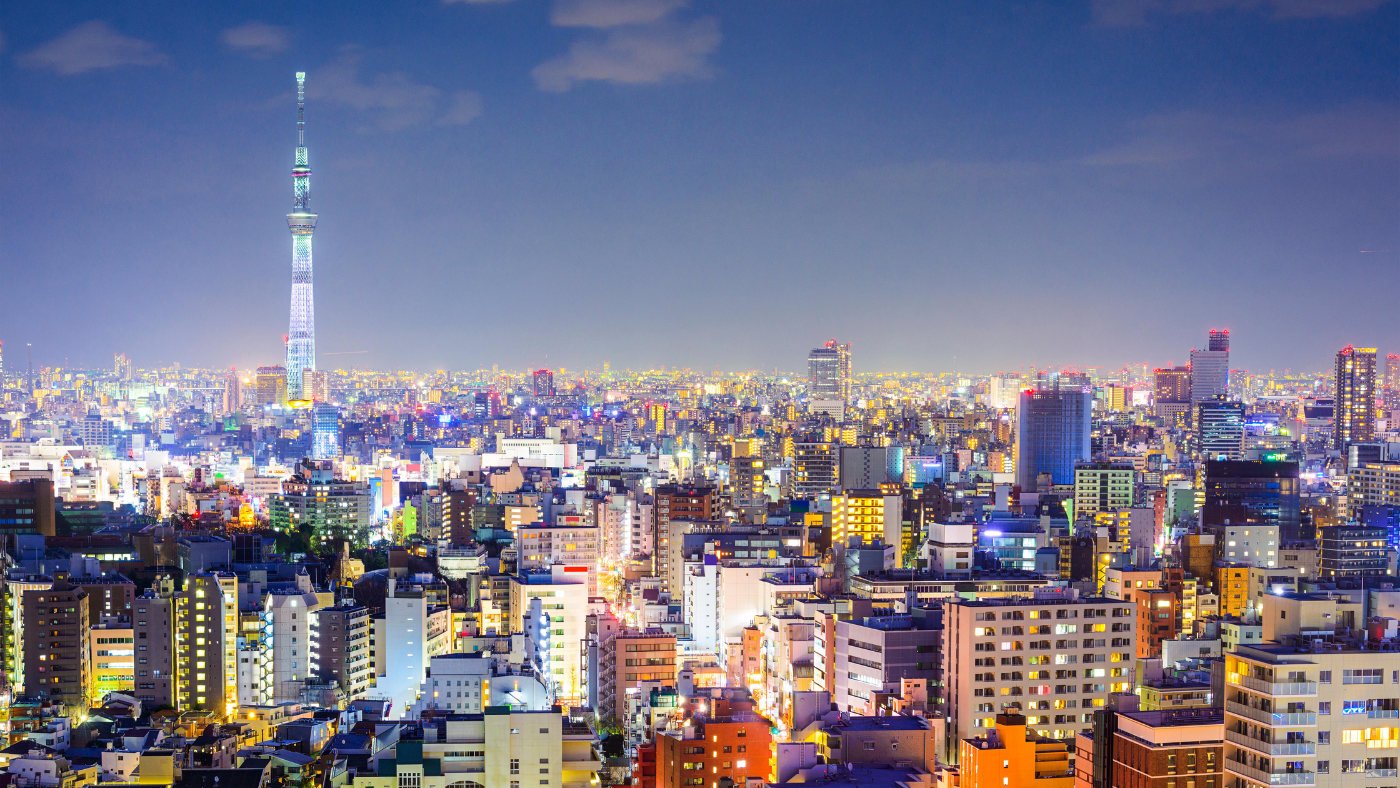
A short ride from the Four Seasons, we watched the city turn from day to dusk at Shibuya Sky, a 360-degree viewing platform that towers at almost 230m high. I was entranced by the comings and goings of the streets below, as people criss-crossed among the traffic, skateboarded in parks on top of a shopping mall and played tennis on courts that seem to hover between webs of roads. From here I could now truly grasp the immense scale of the city, as the glowing lights extended miles beyond the billboards and buzz of Shibuya.
Local style
Having dived into more of Japan’s traditional culture in Kyoto, I was keen for a total contrast in Tokyo – and my few days here did not disappoint. Suitcase Magazine said to expect “the unexpected”, and a trip to teamLab Planets was just that.
This immersive digital art gallery allows visitors to interact first-hand with mesmerising installations. Wade through knee-deep waters among mystical, algorithmically-generated koi carp projections before losing yourself in mirrored strings of glittering lights, or find a moment of calm in a suspended floral garden. Trying to sum up the experience in words feels somewhat futile; all I can say is if you’re in Tokyo, go.
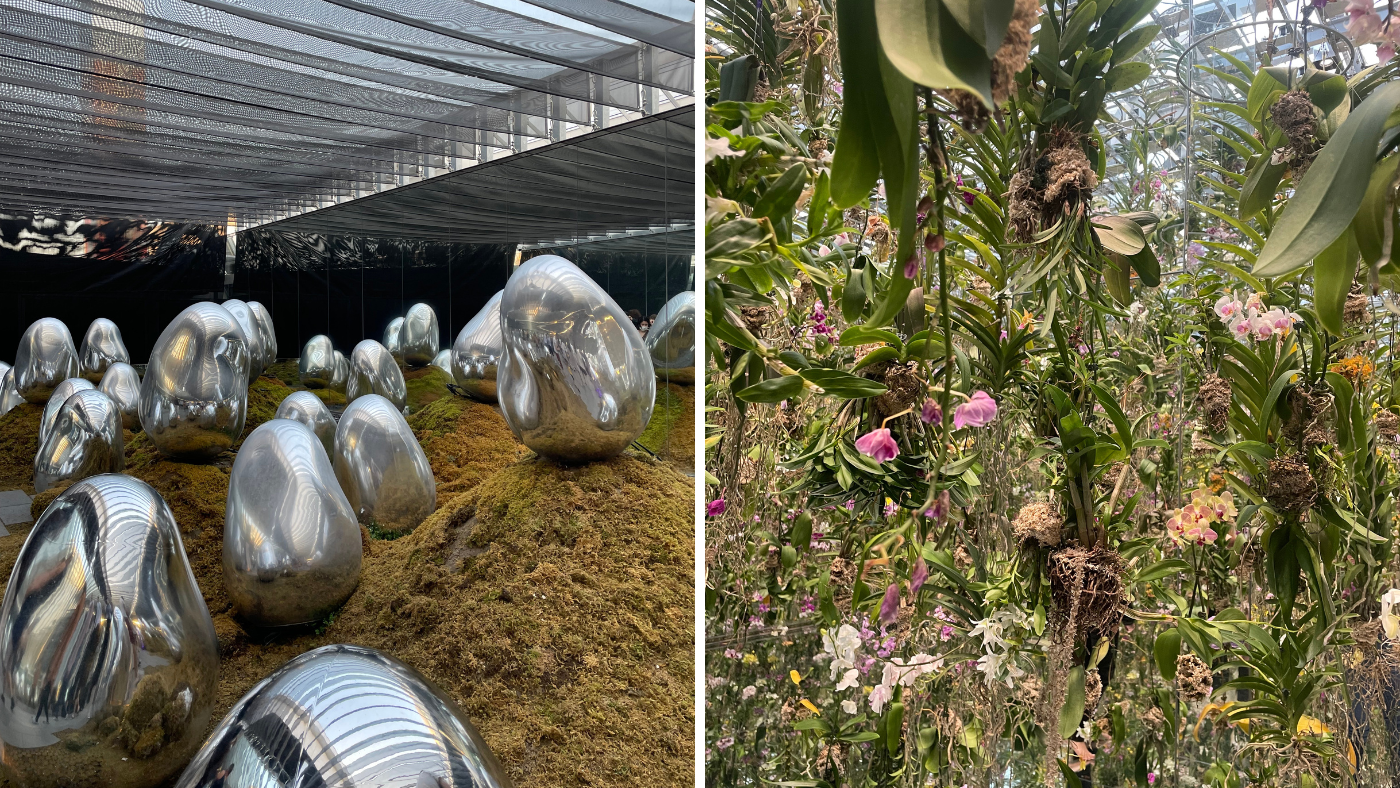
I had high hopes for the city’s street style too, which were happily met with a quick trip to Harajuku. Though the days when this famed neighbourhood was “the international poster child of Japanese eccentricity” and “bombastic fashion” are over, Harajuku “remains a vibrant, diverse” hangout, said National Geographic. The Omotesando boulevard teams with designer fashion brands, but the side streets are a treasure trove of outlets and thrift shops, many of which have high-end labels at cut prices, if you can commit to trawling through rails of second-hand clothing (a personal passion).
A taste of Tokyo
Back in Marunouchi, delighted by a day discovering a few corners of this untiring metropolis, it was time to refuel. First, a pit stop at an Izakaya was in order and Andy’s, run by a British expat, was a good place for a Tokyo-newbie. Located under the train tracks that run through Ginza and into Tokyo Station, we squeezed fresh grapefruits to make our shōchū sours at a table already laden with tempura and sashimi. My mouth waters thinking about it now.
I’ve always been a fan of taking a chef or waiter’s recommendation when presented with a menu. Eating Omakase – meaning “I’ll leave it up to you”, chef, – is perhaps the best way to explore Japanese cuisine. In the safe hands of the chefs at Iroriya Higashi, we feasted on beautifully fresh fish and rice bowls topped with egg yolks, before the show-stopping finale, a rice bowl topped with generous scoops of salmon roe, piled high and spilling over the sides. The drum and chanting which serenaded the dish’s arrival at our table had heads turning – if only they could have tasted it too.
With my trip to Tokyo almost at its end, I spent much of the time I should have been packing gazing down at the snaking trains below, before sinking into my luxuriously comfortable bed. My notebook now packed with recommendations of places to explore, it was time to start plotting when I might next get to escape to Japan.
Julia O’Driscoll was a guest of Four Seasons Hotels and Resorts. Rates for a deluxe room at Four Seasons Hotel Kyoto start from £800 (excluding tax and service fees), and a deluxe king room at Four Seasons Hotel Tokyo at Marunouchi start from £725 (excluding tax and service fees); fourseasons.com/japan
Julia O'Driscoll is the engagement editor. She covers UK and world news, as well as writing lifestyle and travel features. She regularly appears on “The Week Unwrapped” podcast, and hosted The Week's short-form documentary podcast, “The Overview”. Julia was previously the content and social media editor at sustainability consultancy Eco-Age, where she interviewed prominent voices in sustainable fashion and climate movements. She has a master's in liberal arts from Bristol University, and spent a year studying at Charles University in Prague.
-
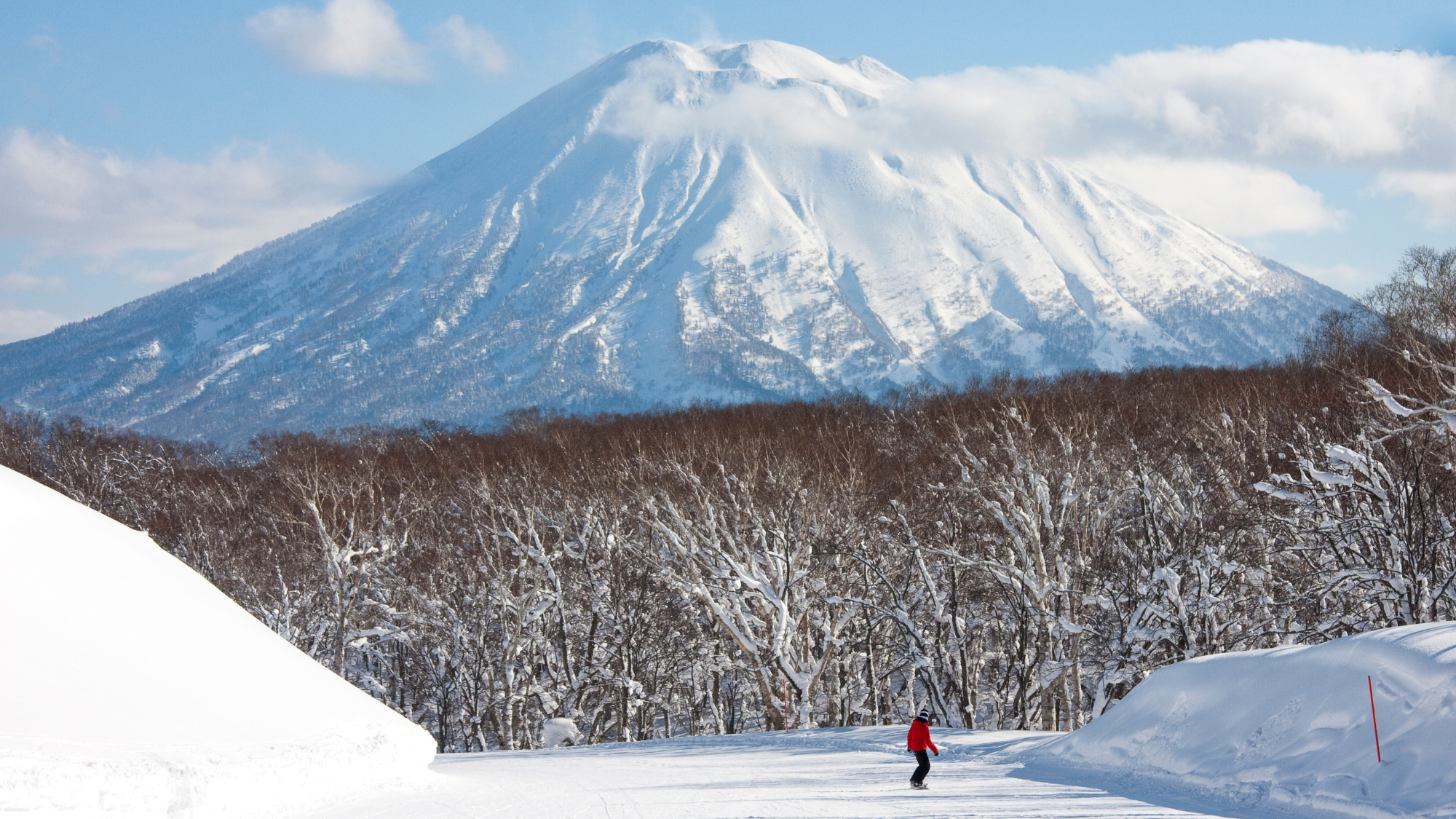 A dreamy skiing adventure in Niseko
A dreamy skiing adventure in NisekoThe Week Recommends Light, deep, dry snow and soothing hot springs are drawing skiers to Japan’s northernmost island
-
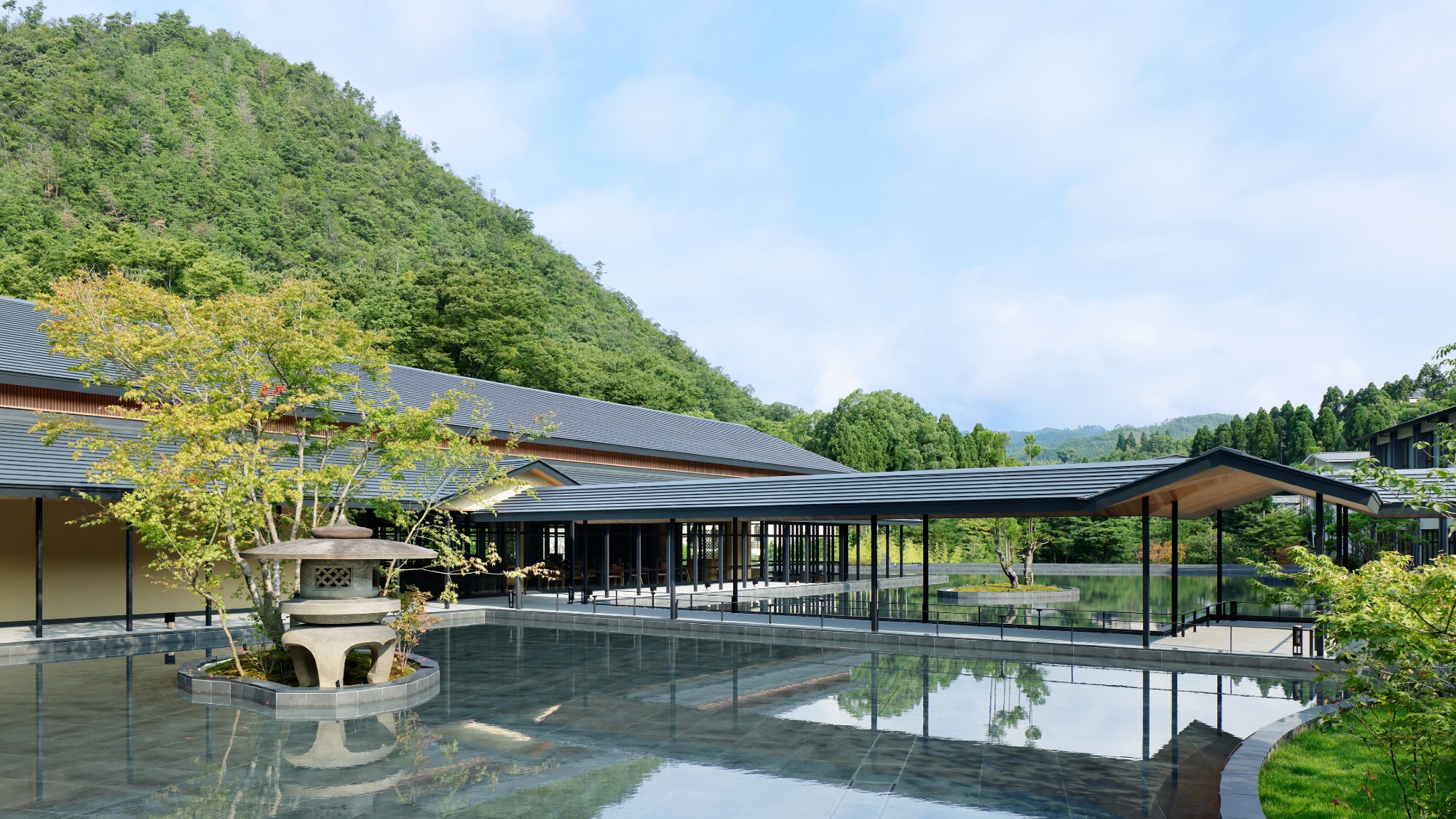 8 hotels that show off the many facets of Japan
8 hotels that show off the many facets of JapanThe Week Recommends Choose your own modern or traditional adventure
-
 Japan meets Italy at The Bulgari Hotel in Tokyo
Japan meets Italy at The Bulgari Hotel in TokyoThe Week Recommends Experience the peak of hospitality in an exclusive high-rise hotel in the heart of Tokyo
-
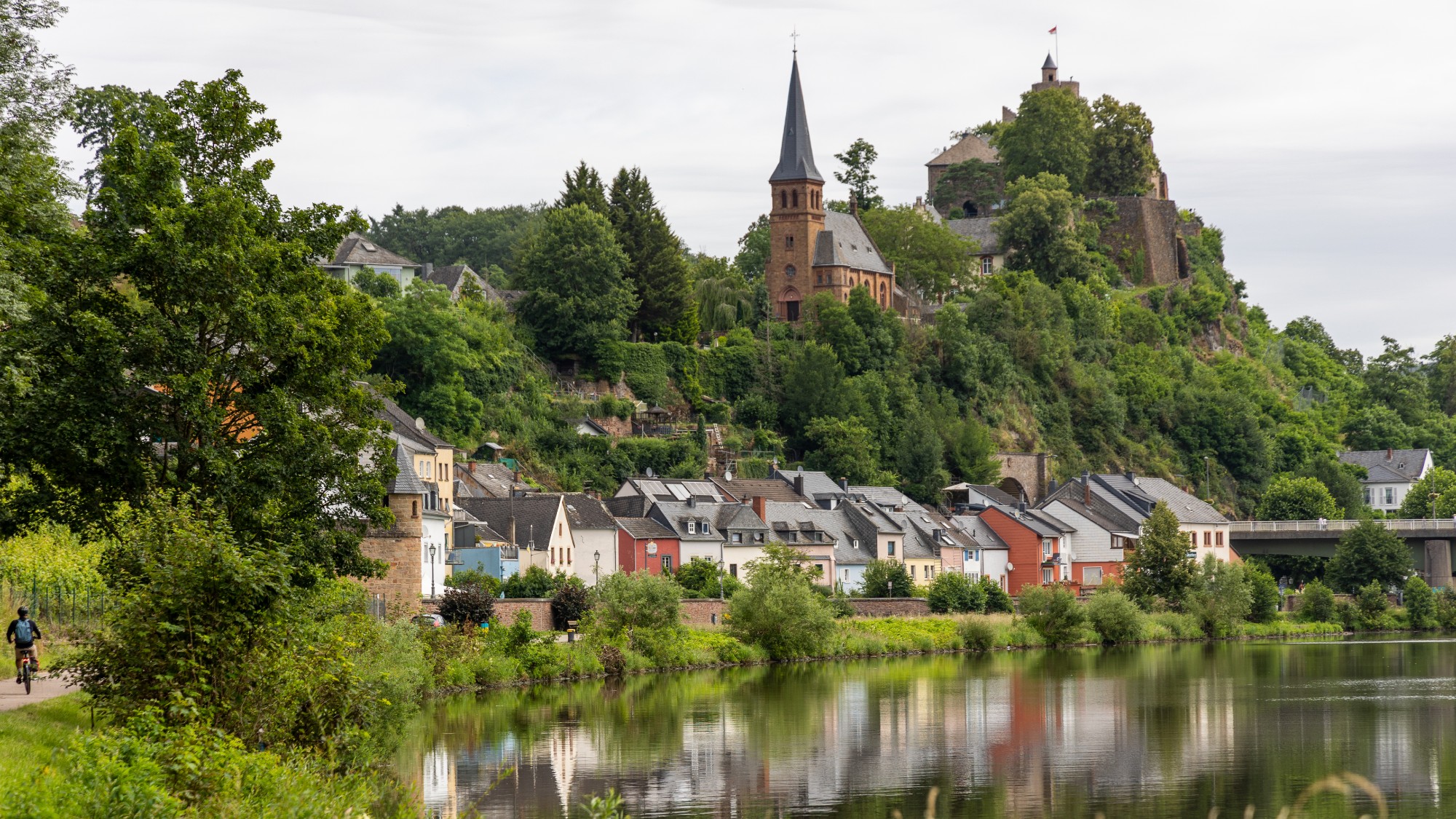 5 fun cycling tours that let you vacation on two wheels
5 fun cycling tours that let you vacation on two wheelsThe Week Recommends Gain a new perspective while pedaling
-
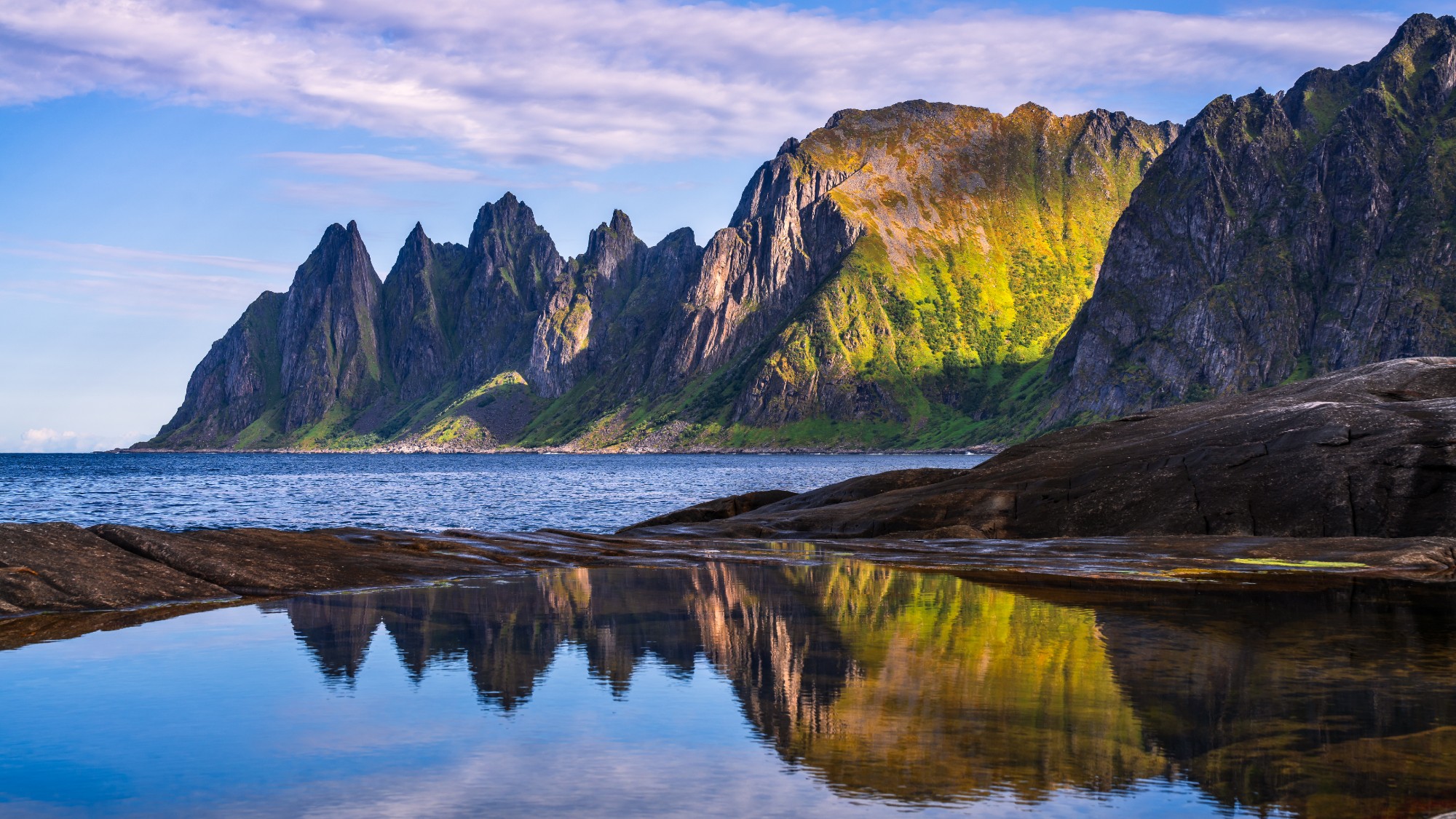 Go beyond the islands you already know in these 8 countries. Surprises await.
Go beyond the islands you already know in these 8 countries. Surprises await.The Week Recommends These destinations fly under the radar
-
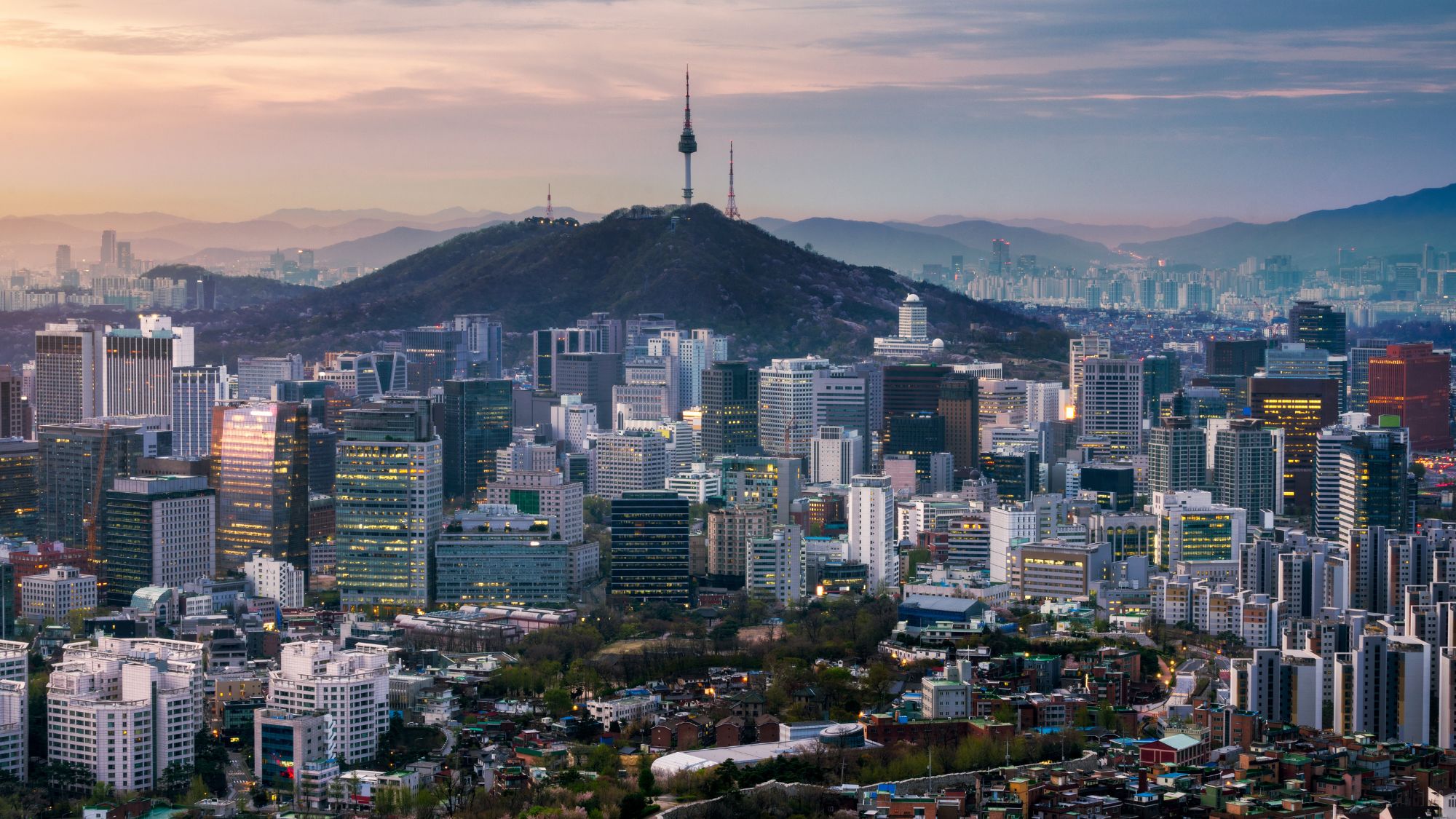 South Korea highlights: ancient history meets modern culture
South Korea highlights: ancient history meets modern cultureThe Week Recommends From the bright lights of Seoul to Busan's beaches and the 'living museum' of Gyeongju, this tour offers a taste of a unique heritage
-
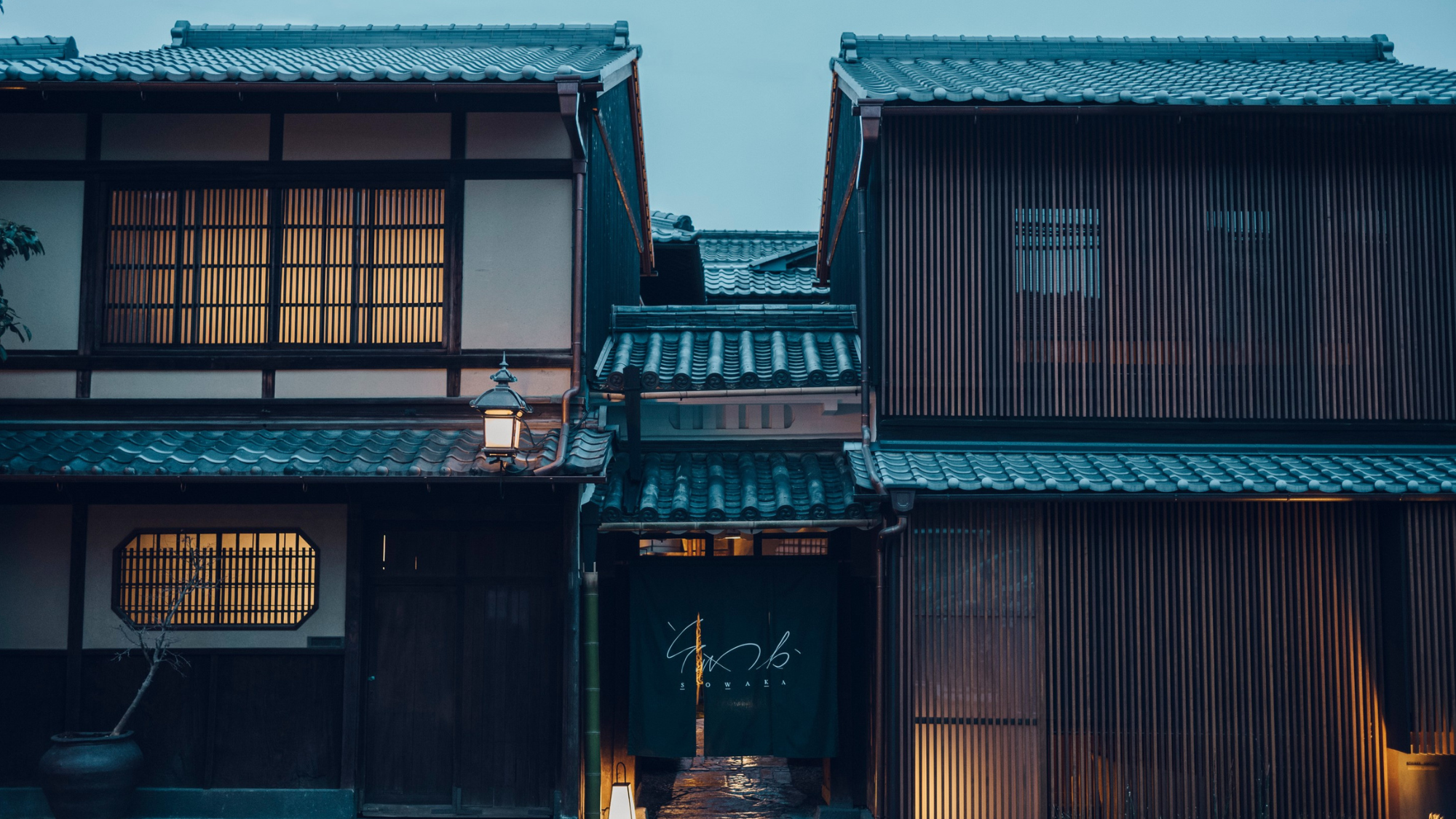 Sowaka: a fusion of old and new in Kyoto
Sowaka: a fusion of old and new in KyotoThe Week Recommends Japanese tradition and modern hospitality mesh perfectly at this restored ryokan
-
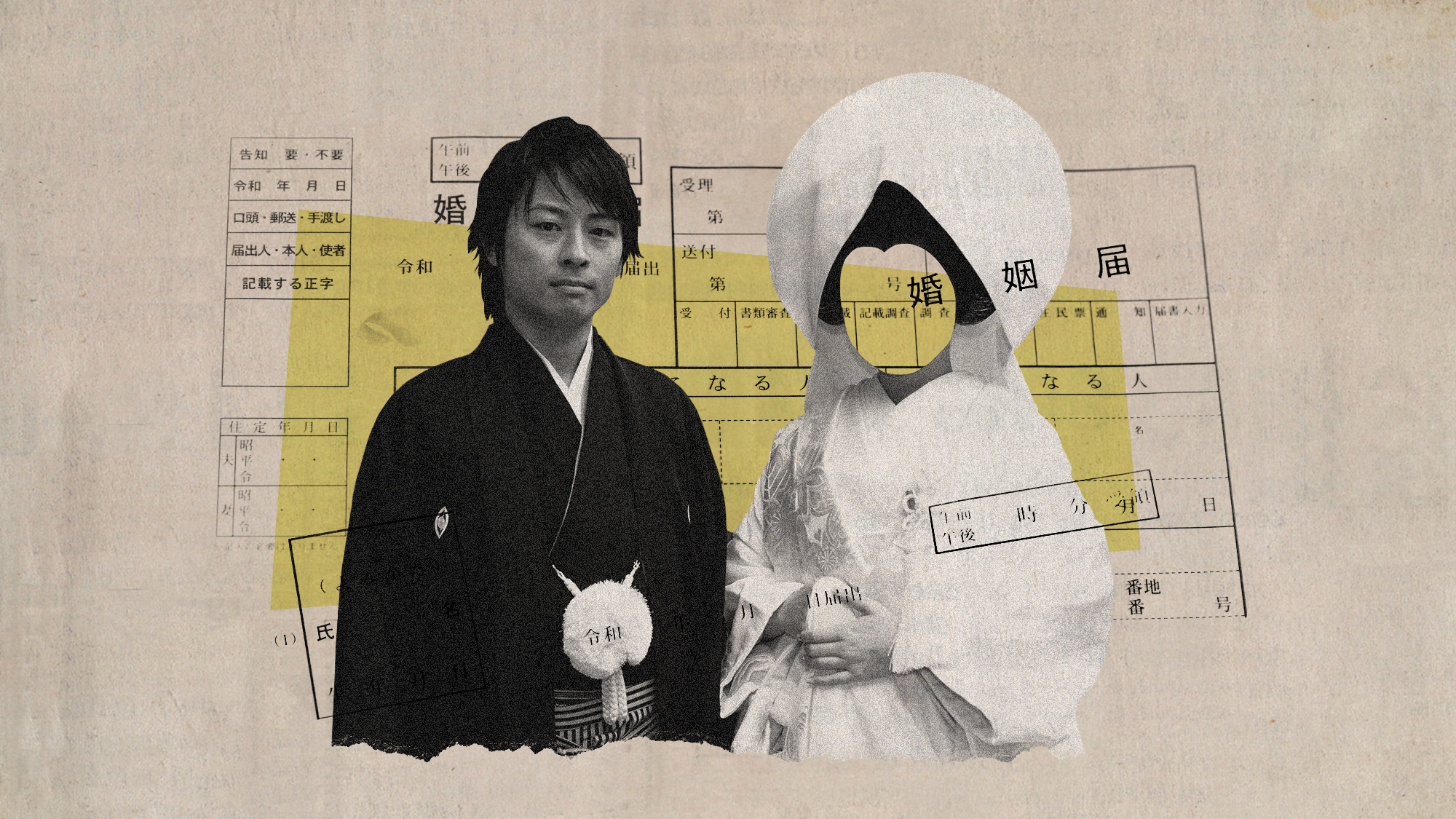 Japan's surname conundrum
Japan's surname conundrumUnder the Radar Law requiring couples to share one surname hinders women in the workplace and lowers birth rate, campaigners claim


